Subdividing a property is an excellent way to maximise the value of your land. It’s also a crucial step that allows you to get your residential or commercial development project off the ground.
While there are multiple types of subdivision, strata subdivision is a cost-effective way to turn one plot into multiple allotments. The only challenge is that a strata subdivision plan comes with serious regulations and restrictions, so it’s important to do your due diligence. In this article, we’re going to look at strata subdivisions in more detail to figure out whether it’s the right choice for your property.
What is Strata Subdivision?
Strata subdivision is the process of dividing a single plot into individual allotments that share ownership of common property (such as driveways and landscaping). Each allotment receives its own title and can be bought, sold and rented independently of other allotments. Most townhouses, units and villas are sold under a strata title.
The Benefits of Subdividing a Property
Most landowners choose to subdivide in order to increase the value of a property. Subdividing allows you to separate a single plot into multiple, smaller plots. This significantly increases the value of your land. For example, a large property purchased for $500,000 could be subdivided into two blocks, each worth $300,000. This would be an immediate increase in equity of $100,000.
The other major benefit of subdivision is that it allows flexibility in how you use the land. With a strata title, you can build a duplex, townhouses or units, and choose whether to hold, sell or rent each property. This can even allow you to turn a single plot into multiple investment properties that can be rented or sold at your discretion.

Can I Subdivide My Block of Land?
Your land needs to meet a number of criteria to be eligible for subdivision. Whether or not your land can be subdivided depends on:
- The size of the block
- Property frontage
- Dimensions of the property
- Slope of the land
- Protected vegetation
- Utilities on the property
- Local infrastructure
- Heritage restrictions and character overlays
- Flood maps
- Zoning restrictions and density
- Easements, covenants and other restrictions over the land
If you live in South East Queensland, you can use the Brisbane City Council Planning Tool to find out more about zoning in your area.
It’s important to note that the regulations provided by Brisbane City Council regarding block sizes, frontages and zoning are a bare minimum.
Local councils have the final say over development requirements, and it’s common for those regulations to be far more stringent. If you’re considering subdividing then you should speak to a land surveyor company. A surveyor can provide detailed information about your local area and create a detailed survey of your property that can help you figure out whether your land is eligible for subdivision.
How to Subdivide a Block of Land in South East Queensland
Land subdivisions have the potential to significantly impact the surrounding suburbs. Increasing the number of dwellings in an area can affect traffic, services, privacy and neighbourhood planning. This means that any land subdivision plan is subject to strict requirements that are enforced by your local council. Other than that, the process of subdividing a block of land is relatively straightforward:
- Do your due diligence. Before making any decisions, you’ll need to find out whether your land is suitable for subdivision. You can use the BCC interactive planning map, or contact your local planning authority for more information.
- Conduct a survey of the property. If you meet the minimum requirements for subdivision then it’s time to contact a professional surveyor. Any strata subdivision plan requires an up-to-date cadastral survey that shows the exact size, shape, corners and boundaries of your property. Cadastral surveying will also uncover and mark things like vegetation, utilities, easements, restrictions and heritage limitations.
- Prepare your development application. You can now use your survey results to prepare and submit a development application with your local planning authority. You will also need to pay any relevant planning fees.
- Meet any development conditions. The local council will accept or deny your application. If your application is accepted, you will need to meet any conditions set out by the council. These conditions typically include things like running utilities to the subdivided blocks (at your expense).
- Finalise the process. Once you have met the planning conditions, you can finalise the process of subdividing your land. The new titles will be registered with the State Government Titles Office, allowing you to buy, sell, rent and develop each title individually.
Maximise Your Property with Cadastral Surveying from Sunrise Surveying!
Residential and commercial developments can dramatically increase the value of your land. Whether you’re splitting one residential block into two, or planning a high-rise commercial development, subdivision is a critical part of the process. If you want to ensure your project is successful then you’ll need a property boundary survey from Sunrise Surveying.
Sunrise Surveying is an expert cadastral surveyor. We have supported subdivision projects of every size, and our team is equipped with state-of-the-art instruments and drones that allow us to make short work of any survey. If you’re planning your next project, or if you’d like to find out more about subdivisions in your area, have a chat with our team. We’re always happy to discuss your needs and develop a tailored package that allows you to deliver your project on time and on budget.
